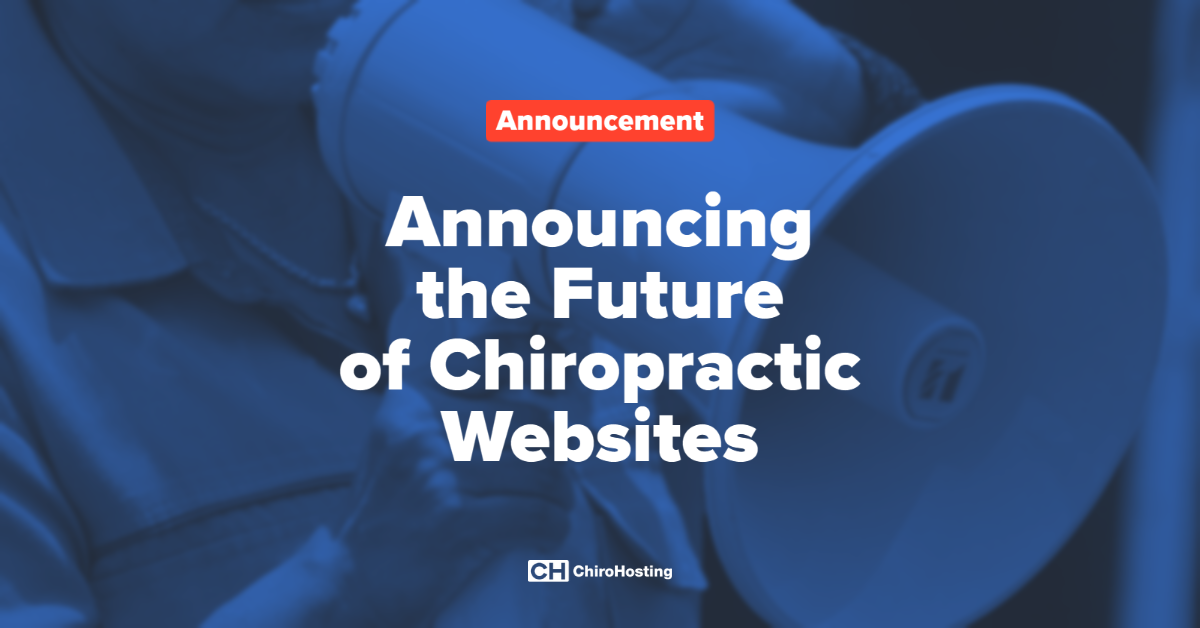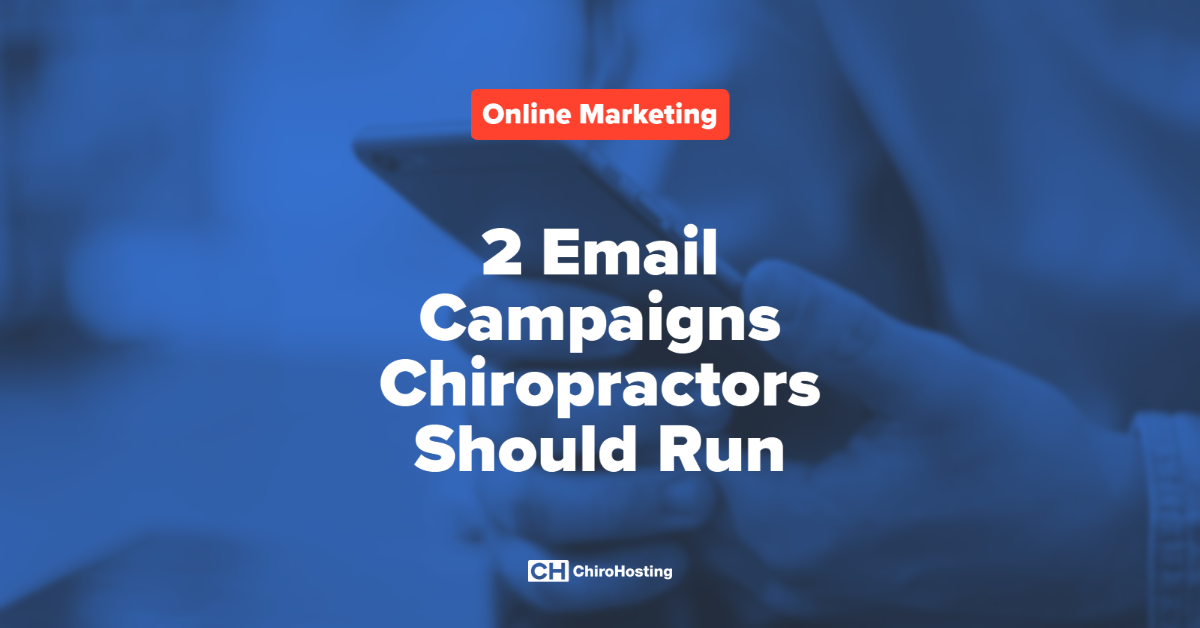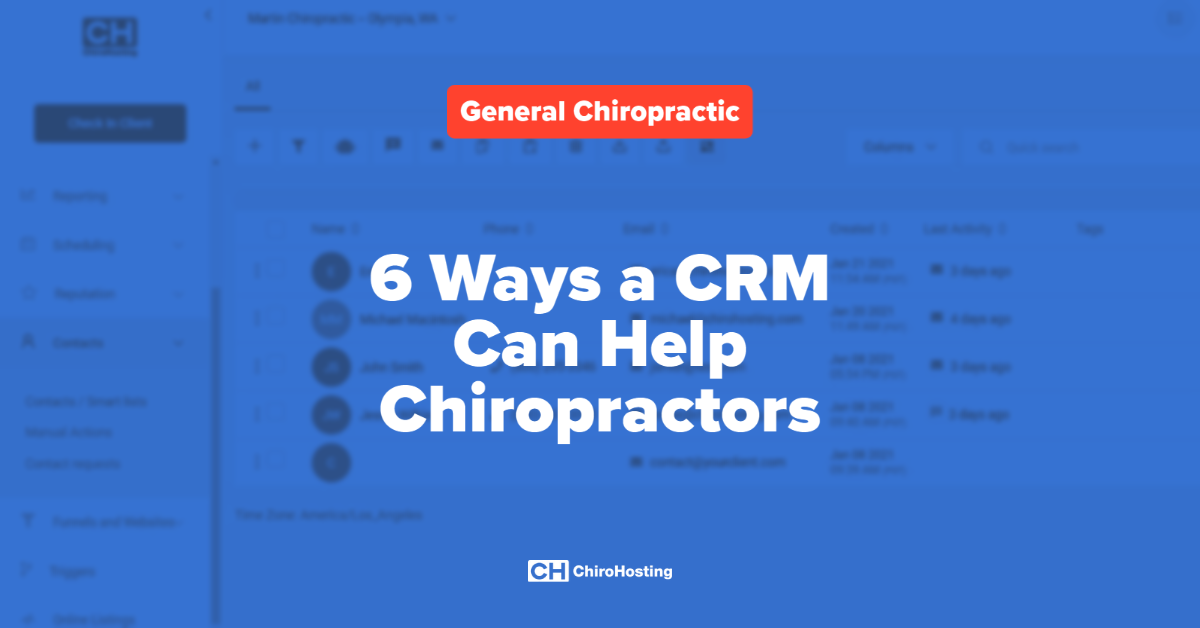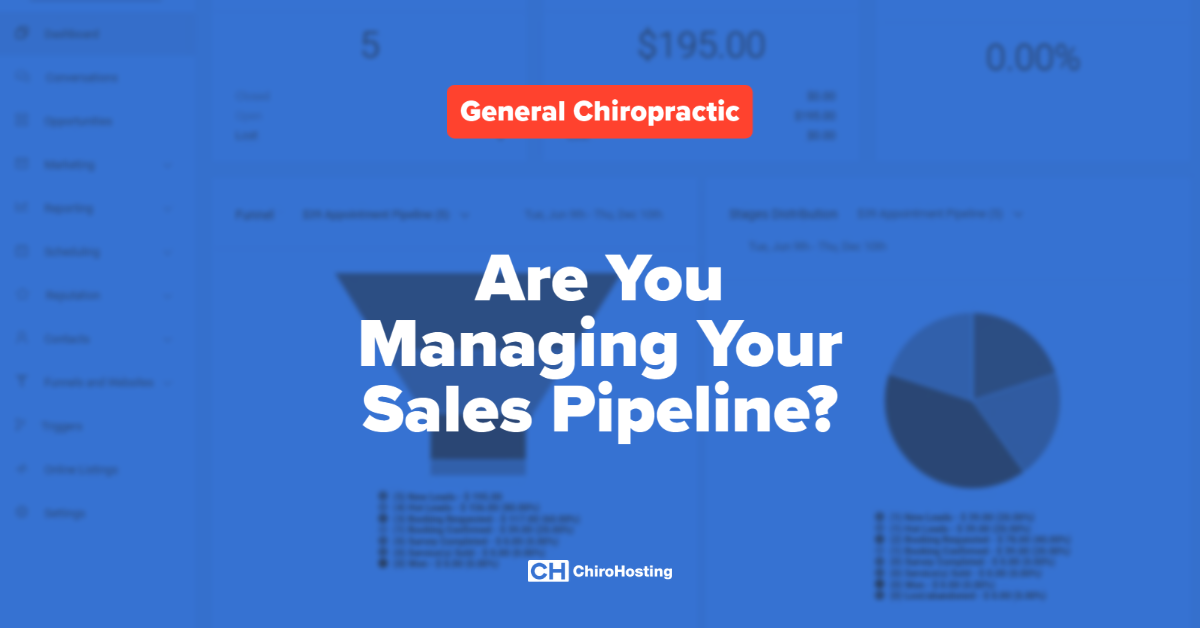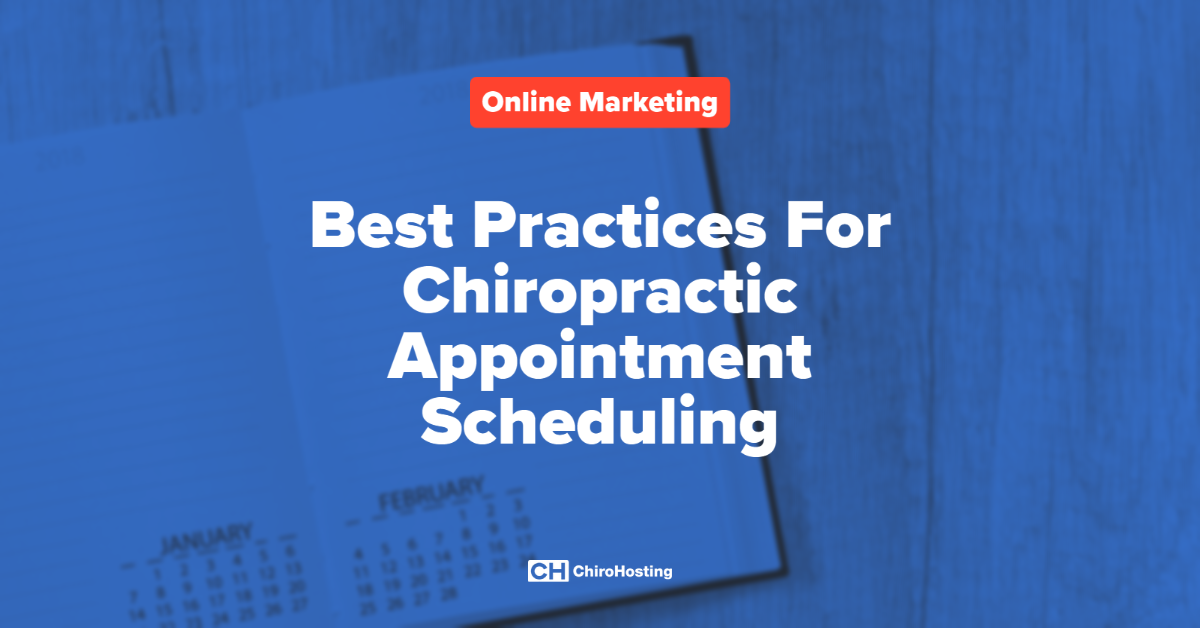
As a chiropractor, you might not think of yourself as a salesman, but you’re in for a surprise. Part of running a successful practice includes sales.
In this blog post, we’re going to look at a few pointers for how you can better manage your sales pipeline as a chiropractor. To get started, let’s look at what a sales pipeline is.
A sales pipeline is a visual snapshot of where prospects are in the sales process. It can show you how much revenue you might be able to anticipate in the coming days and months.
Knowing your sales pipeline is always important, but it’s especially important when you’ve had a downturn in revenue.
1. Define the stages of your sales pipeline
Your sales pipeline doesn’t have to be very complicated as a chiropractor. In fact, you’ll probably want to keep it super simple. Your sales pipeline is made up of a handful of stages that represent where patients are on the buyer’s journey. Here are some sample stages that your practice could adopt:
- New Lead - Any new contact in your database/pipeline. They might have signed up at a local event, filled out a form on your website, signed up for an email newsletter, called into your office, or any other way that they provided enough information to get logged in your system.
- Hot Lead - A lead that has filled out a form specifically related to taking an action like booking an appointment, but hasn’t booked an appointment yet.
- Booking Requested - The contact has requested an appointment slot and it is pending your staff review and approval. This is more of a holding stage that most leads should pass through to booking confirmed in a short period of time.
- Booking Confirmed - The contact’s appointment has been confirmed by your team and they are on the schedule.
- Closed Won - The contact is now a patient and has held their appointment.
2. Set goals
So once you have your stages defined. You can start setting some goals. You should set goals in the following areas:
Revenue
This is the main, overarching goal and goal of any business. You’ll want to grow your revenue. Set a goal for how much revenue you want to generate in the next month, next quarter, next year.
Once you have a revenue goal in mind, then you can look at setting goals for your quantity and conversion rates in your sales pipeline. These goals will be good milestones for helping you get to your revenue goals.
Quantity
For each sales stage, how many patients would you like to ultimately get? For example, for Q1 you might have a goal that looked something like this:
- New Leads - 100
- Hot Leads - 50
- Booking Requested - 40
- Booking confirmed - 30
- Closed Won - 20
When you first set your goals around quantity, you might be pulling numbers from the air because you don’t have a good dataset to go off of. That’s okay. Just set a goal that seems reasonable for a month or quarter and then review the actual data and adjust accordingly. Goal setting is all about learning, evolving, and iterating.
Conversion Rates
Your conversion rate is the percentage of leads that make it to the next stage in the funnel. If we were looking at the example above, the conversion rates would be:
- New Lead to Hot Lead - 50% (50/100)
- Hot Lead to Booking Requested - 80% (40/50)
- Booking Requested to Booking Confirmed - 75% (30/40)
- Booking Confirmed to Closed Won - 66% (20/30)
You can increase your number of Closed Won at the bottom of the funnel by better converting at any stage in the funnel without increasing the number of leads. For example, if you were to increase the conversion rate from Booking Requested to Booking Confirmed to 100%, then you would increase your Closed Wons from 20 to 26.
The first step to managing your conversion rate is to get some preliminary data, let your funnel run for a month or quarter and calculate the conversion rate based on the historical data. This way you have a starting point to set goals and work to optimize your conversion rates between stages.
There are a handful of approaches that you can use to increase conversion at each stage. Here are some examples.
New Lead to Hot Lead
Make sure you’re running relevant campaigns. If you’re getting a lot of new leads who just end up being contacts in your database and don’t go anywhere, then chances are you’re marketing efforts are appealing to the wrong audience. Take a good hard look at your target persona then go back to your special offers, events, advertisements, and other programs to make sure that they are tailored to your audience.
Hot Lead to Booking Requested
Are you getting a lot of people who seem like your target audience, but they aren’t ready to book an appointment yet? Then, you should set up nurture campaigns to educate them and get them comfortable with scheduling an appointment. A nurture campaign is simply an automated series of emails and/or text messages that provide useful information and eventually a call to action to book an appointment.
Booking Requested to Booking Confirmed
Make sure your calendars and schedules are up-to-date. This will cut back on the chance that a patient might double book or book during a time when the doctor might be out of the office.
Booking Confirmed to Closed Won
It’s natural to get some no shows, but you’ll want to cut down on those as much as possible. You can combat no shows in a few ways.
- Have a clearly communicated policy about rescheduling or canceling appointments. Do you require a 24-hour notice or else they will be penalized with a $25 fee? Think about a policy that works for your practice. Write it up. Put it on your website. Print it up and have it posted at your office. Provide it with new patient paperwork. Mention it verbally on the phone or in the office when a patient books an appointment. You get the idea.
- Utilize appointment reminders. If you email, text, or call your patient to remind them that they have an upcoming appointment, then they’ll be less likely to miss it.
Want to read more about how to reduce no shows? Check out this blog post on Combating Chiropractic No Shows.
3. Get a system in place to help you be able to view this data
Although it is possible to track this data by hand or in spreadsheets, it’s going to be a cumbersome process that probably isn’t conducive to maintaining long-term. And the time your staff spends on trying to manage it could be better spent with patients or billing processes.
Lucky for you, there are a lot of systems on the market that can help you track your sales pipeline. We’re actually rolling out a new platform here at ChiroHosting that can help you create, manage and optimize your sales pipeline. Want to learn more? Contact us at support@chirohosting.com.




